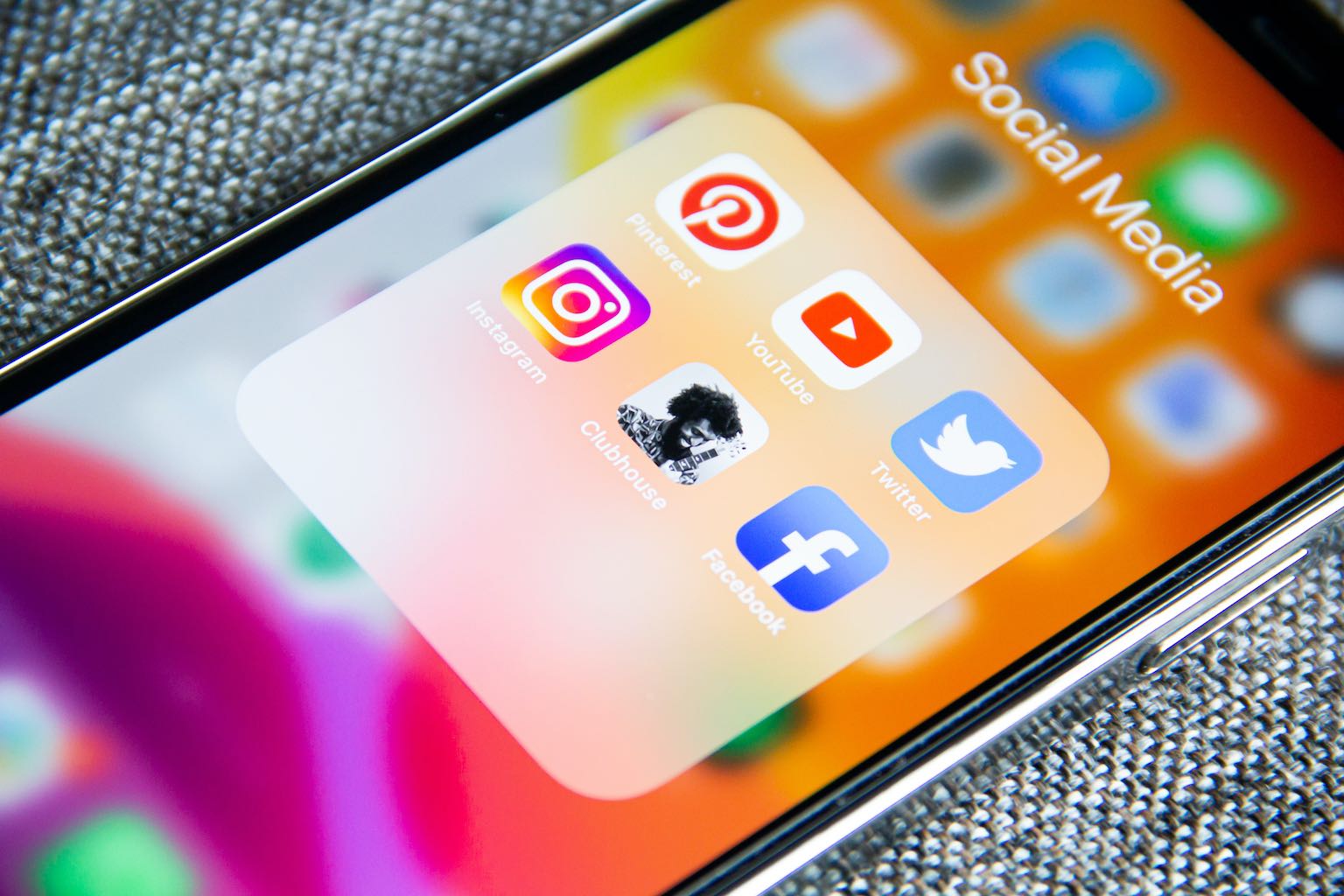Trend 1: adopting the mobile-first mindset
According to Deloitte, over a third of consumers globally check their phones within five minutes of waking up, and 20% of consumers check their phone more than 50 times a day. The growing importance of mobile as a crucial element of business strategy is nothing new, however the number of businesses that neglect this trend is still all too high. A mobile-responsive approach means that website content is adapted to smaller screens. The aim of a mobile-first approach should be to shift focus to building great on-the-go experiences. Because mobile screens have the most limitations, visual content must be prioritized.
In a nutshell, a mobile-responsive strategy will not only allow you to create a device-specific experience, but will also help you be content-focused.
Trend 2: integrate meaningful personalisation into user journeys
Now more than ever, companies are collecting a large amount of data. At the same time, very few are using it to its full potential. While many marketers use segmentation tactics such as A/B testing, these approaches are not consistently linked to personalisation. This represents a missed opportunity: companies that understand the benefits of greater personalisation in customer experience are reaping double digit returns, according to research by Forbes.
The key is to conduct A/B testing successfully is to use it to understand your customers preferences. Then, you can divide your audience into different segments and deliver an individualised experience. The more finetuned your segmentation is, the more personalised your one-to-one interactions will become.
Trend 3: use smart video analytics and interactive content
An increasing number of B2B and B2C businesses are generating leads and increasing conversion rates through new digital tools. These tools enable them to optimise content through analytics and personalisation. A recent study showed that YouTube is the most-used service by Google, ahead of its search engine. Today, video content is more important than ever. Indeed, adding the word “video” in a subject line boosts click-through rates by up to 300%, while conversion rates increase 80% for landing pages that include video.
Given that over 30% of people’s time spent online is dedicated to watching videos, smart marketing strategies should seize these opportunities across all customer touchpoints to deliver meaningful (and personalised) interactions.
Trend 4: utilise content-dedicated media channels and purposeful storytelling
Regardless of the type of business you are in, seeing yourself as a media outlet is crucial for growing your customer acquisition online. The best way to control what is said about you is to always be a step ahead of your customers by giving them appealing and quality content. No longer is it enough to create good platforms dedicated to the product or service you are selling. Now, companies must also allocate sufficient resources to creating content-dedicated media channels that deliver unique, authentic, inspiring, and informative content that will ultimately drive traffic to your products or services.
Content can include everything from podcasts to videos to films. This should not only be limited to publishing blogs on your website. The more well-thought out and genuine your content creation is, the more your business will shine through the crowd.
Trend 5: insert chatbots into your website
A bot is any kind of software that performs an automated task. Chatbots are bots specialised in live chatting. They are used for engagement, dealing with customer services issues swiftly, and answering general questions. If your bot is set up correctly, audiences will not be able to tell if they are talking to a human or not! Open rates for chatbots consistently exceed 80%, which is a much higher rate than the industry averages for email open rates.
Trend 6: focus on user-generated content (UGC)
Given that earned media is the most trusted and credible information that comes from your company, ensure your marketing team is focusing their efforts on creating quality UGC. Earned media comes from a third-party source, i.e. your customers, which gives it credibility.
Earned media can come in the form of reviews, comments, pictures, recommendations, tags, or stories about customer experiences. Unlike earned media, paid or owned media is fairly easy to generate, as the company is 100% in control of the content. On the other hand, UGC is not controlled and is therefore more authentic. The challenge with UGC is to first find a way to attract the interest of customers, influencers, and key media, to try your product or service before they become potential brand advocates. To attract potential brand advocates, businesses should deliver genuine, appealing, and creative content, and push this content at the most optimal times in the buyer journey. In summary, content is key.
Trend 7: unlock the power of location-based advertising in Asia
The staggering rise of mobiles phones in Asia (and especially in China) is an opportunity for marketers to fully take advantage of this trend. The strength of location-based ads is that they are timely. This provides brands a real opportunity to offer greater personalisation in their ads. Applications that trigger offers or messages based on mobile user behaviour or geographic positioning are incredibly successful techniques for marketers to deliver the right message at the right time.







